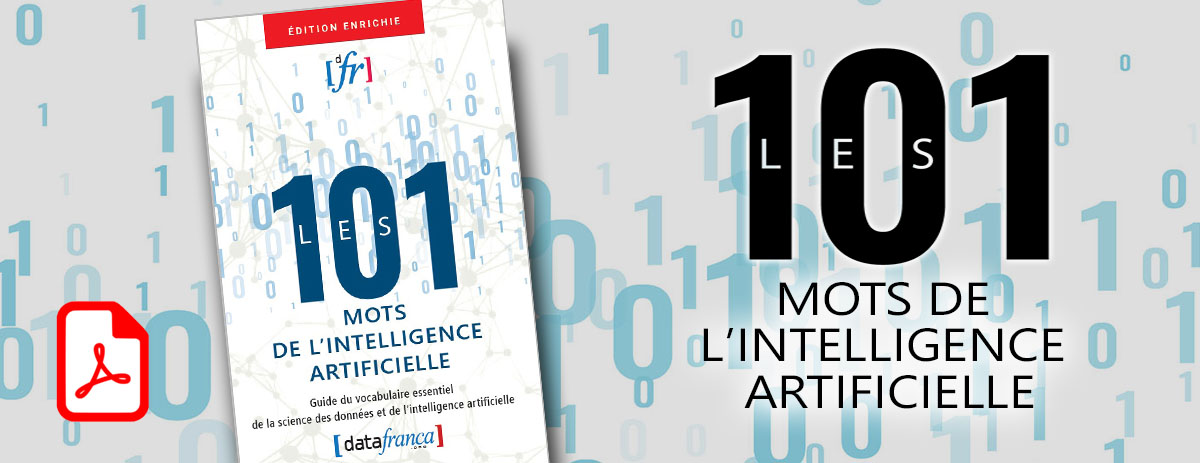Reconnaissance de circuits
en construction
Définition
La reconnaissance efficace de la fonctionnalité d'un circuit est la clé de nombreuses applications, telles que la vérification formelle, l'ingénierie inverse et la sécurité.
OU
L'identification des propriétés (caractéristiques) des circuits et l'application d'algorithmes appropriés sont utiles pour résoudre divers problèmes de conception assistée par ordinateur. Étant donné un bloc de circuit suspecté, une approche courante consiste à trouver un ensemble de fonctions candidates, puis à appliquer des méthodes formelles pour l'identifier. L'identification des caractéristiques utiles des fonctions de haut niveau et la collecte des suggestions de candidats d'un bloc inconnu sont des étapes importantes.
Français
Moteur de reconnaissance de circuits proposé par Termium
Anglais
Circuit recognition engine
Efficiently recognizing the functionality of a circuit is key to many applications, such as formal verification, reverse engineering, and security. We present a scalable framework for gate-level circuit recognition that leverages deep learning and a convolutional neural network (CNN)-based circuit representation. Given a standard cell library, we present a sparse mapping algorithm to improve the time and memory efficiency of the CNN-based circuit representation. Sparse mapping allows encoding only the logic cell functionality, independently of implementation parameters such as timing or area. We further propose a data structure, termed level-dependent decaying sum (LDDS) existence vector, which can compactly represent information about the circuit topology. Given a reference gate in the circuit, an LDDS vector can capture the function of the gates in the input and output cones as well as their distance (number of stages) from the reference. Compared to the baseline approach, our framework obtains more than an-order-of-magnitude reduction in the average training time and 2× improvement in the average runtime for generating CNN-based representations from gate-level circuits, while achieving 10% higher accuracy on a set of benchmarks including EPFL and ISCAS'85 circuits.
Moteur de reconnaissance de circuits : il s’agit d’une proposition fournie en l’absence d’un terme français consacré.
Contributeurs: Jacques Barolet, wiki, Sihem Kouache










